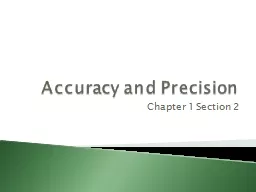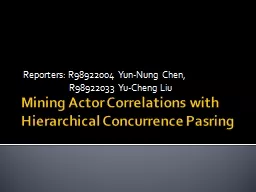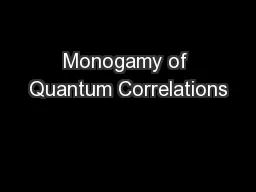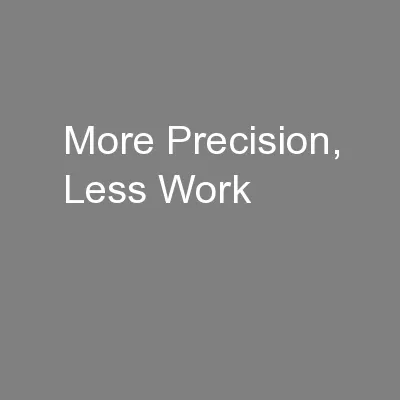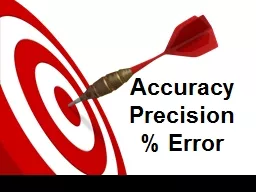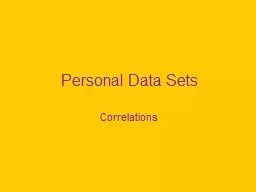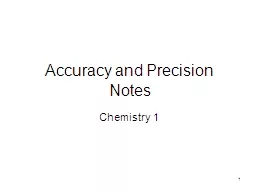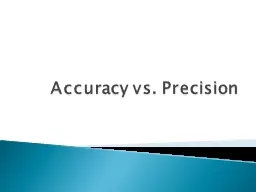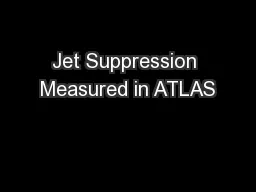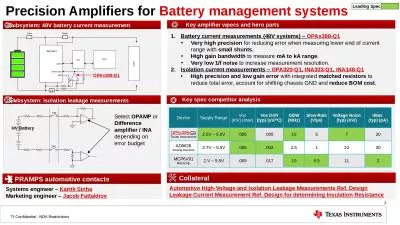PPT-Precision measurements of jet-like correlations
Author : alida-meadow | Published Date : 2019-06-25
10 And what they teach us about flow Based on Phys Rev C 93 0449152016 amp PhysRev C94 0119012016 10 Contributions from Natasha Sharma Joel Mazer Meg Stuart Aram
Presentation Embed Code
Download Presentation
Download Presentation The PPT/PDF document "Precision measurements of jet-like corre..." is the property of its rightful owner. Permission is granted to download and print the materials on this website for personal, non-commercial use only, and to display it on your personal computer provided you do not modify the materials and that you retain all copyright notices contained in the materials. By downloading content from our website, you accept the terms of this agreement.
Precision measurements of jet-like correlations: Transcript
Download Rules Of Document
"Precision measurements of jet-like correlations"The content belongs to its owner. You may download and print it for personal use, without modification, and keep all copyright notices. By downloading, you agree to these terms.
Related Documents


